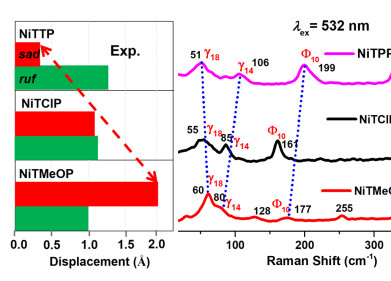Mass spectrometry & spectroscopy
What Are the Clinical Applications of Mass Spectrometry?
May 24 2021
Since German physicist Wilhelm Wien first laid the foundations of mass spectroscopy in the late 1800s, the analytical technique has evolved in leaps and bounds. Today, using ionisation to sort ions according to mass-to-charge ratio is one of the most reliable and accurate ways to identify chemical substances.
The analytical technique is used across a range of fields, including clinical research, pharmacology, food quality control, carbon dating and more. Want to know more about the clinical applications of mass spectrometry? Below, we explore some of the key areas where mass spectrometry is used to identify chemical substances and accelerate modern research.
Metabolomics
Mass spectrometry is a well-established technique used in metabolomics, a scientific field that analyses the chemical processes of metabolites. Metabolomics is a diverse discipline used across a wide array of fields, including cancer diagnosis and screening, biomarker profiling and metabolic fingerprinting analysis. You’ll also see mass spectrometry championed by biofuel scientists, with the analytical technique used to detect and quantify chemical substances.
Environmental analysis
From testing the quality of drinking water to screening pesticides, carrying out soil contamination assessments and monitoring carbon dioxide pollution, mass spectrometry is an important environmental analysis tool. Mass spectrometry offers highly accurate and precise results, making the analytical technique ideal for detecting trace amounts of chemical substances. High Performance Liquid Chromatography (HPLC), which uses high pressure to pack together small particles, is often combined with mass spectrometry to increase efficiency and reliability.
Pharmaceutical analysis
Pharmaceutical analysis is another field that’s heavily reliant on mass spectrometry. Scientists use the analytical technique to fast-track drug discovery and development, analyse the composition of biomolecules and measure key molecular functions such as ligand binding, which can affect how a drug binds to and activates receptors.
Forensic analysis
As well as advancing modern medicine, mass spectrometry is also used to fight crime and uphold justice. The technique is often used in the analysis of trace evidence, such as fibres embedded in an item of clothing or gunshot residue on a wall. In arson investigations mass spectrometry can be used to detect traces of fire accelerant. The technique is also useful when detecting and identifying explosive residues.
Want to know more about the clinical applications of mass spectrometry, as well as the latest advances transforming the sector? Gary Kruppa on behalf of Bruker Daltonics introduces an exciting new acquisition method in ‘dia-PASEF: A Result of the Co-evolution of Mass Spectrometry and Proteomics.’
Digital Edition
Lab Asia 32.2 April
April 2025
Chromatography Articles - Effects of small deviations in flow rate on GPC/SEC results Mass Spectrometry & Spectroscopy Articles - Waiting for the present to catch up to the future: A bette...
View all digital editions
Events
Apr 09 2025 Tokyo, Japan
Apr 22 2025 Hammamet, Tunisia
Apr 22 2025 Kintex, South Korea
Analytica Anacon India & IndiaLabExpo
Apr 23 2025 Mumbai, India
Apr 23 2025 Moscow, Russia



















